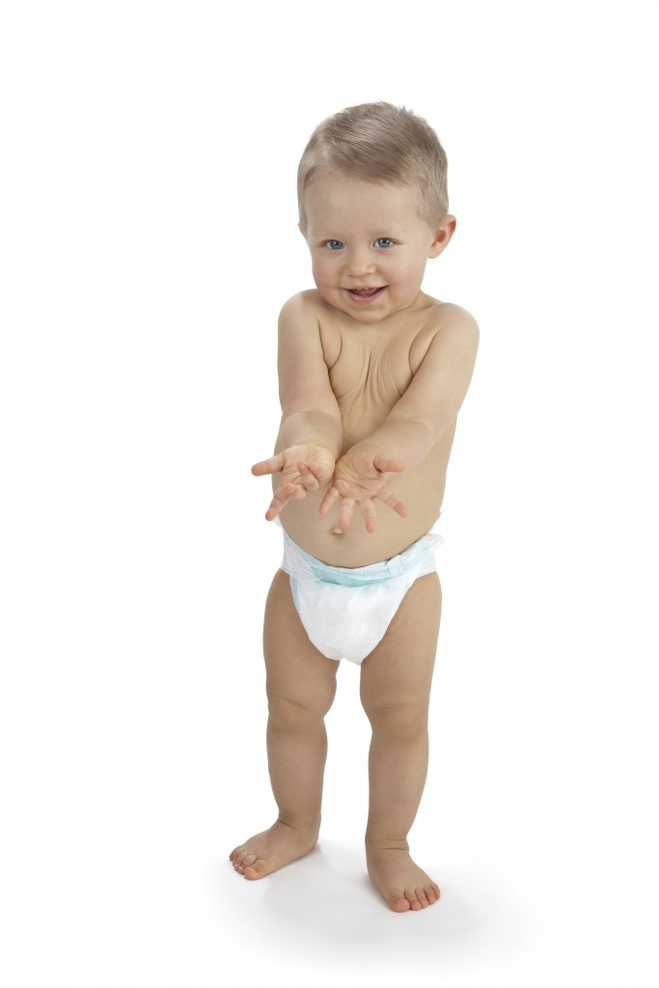
We strongly advocate teaching babies American Sign Language (ASL) and all the signs presented in the My Baby Can Talk video series are ASL signs. ASL is the fourth most common language in the US and this language has been used in America for more than 150 years. America has one of the most complete and expressive sign languages in the world.
For the most part, ASL is a natural or iconic language. This means that many of the signs look like distinctive parts of the object or action that these signs represent. American Sign Language (ASL) is a visual language and it is an underlying pillar of language development. When used in combination with spoken English, it becomes simple for babies to learn sign language. This makes ASL easy to learn and remember – the hand shape of an airplane flying for the sign airplane and outlining the whiskers of a cat for the sign cat. This also makes ASL the perfect first language for your baby since your baby can more easily make a connection between the sign and the object or action it represents.
If you use ASL with your baby, you will have access to a vast array of resources such as ASL printed and online dictionaries. You are more likely to be consistent in the way that you sign and make use of a greater number of signs that are clearly distinct. By using ASL, you will be able to communicate with other parents and babies who use sign language before their babies can speak as well as a large community of deaf people.
Some supporters of signing with babies have suggested that you should make-up your own signs or simplify standard ASL signs. Just as you would not consider creating a new spoken language to teach your baby – so too is it unrealistic to consider creating a new tactile and visual language. The most common problem with inventing your own signs is that you are likely to forget signs that you invented days, weeks or months before. In addition, you are not likely to create enough distinct signs to label all the words that you would like to teach to your baby. Further, by learning the standard ASL signs, your child is gaining access to an entire community of speakers who are normally not available to us.
Your baby will approximate the signs that she learns whether the signs are based on ASL or invented by you. There is no need to simplify the signs that you teach your baby. Your baby will do this for you and as your baby gains more control over her hands, her signs will become closer to the formal ASL sign.
Like any language, there are, in some cases, multiple signs for a single object or action in the world just as there are synonyms in spoken language. Whenever there was a choice of signs for a given word we chose the sign that was easiest for your baby. ASL is a living language just as spoken English is and continues to grow and change over time.
